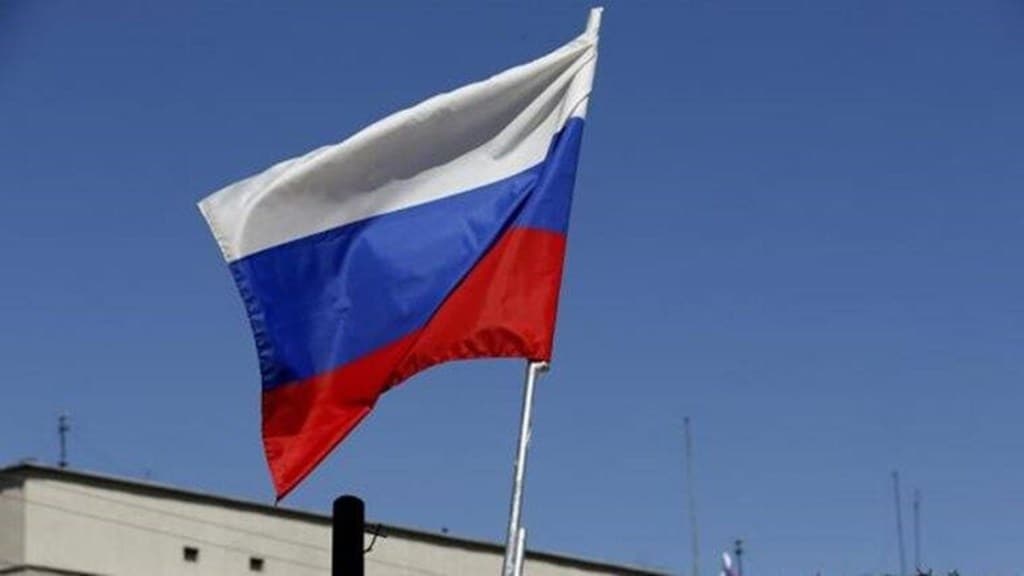By Anita Inder Singh
The geopolitical sands of Asia are shifting, and India must find and secure its place on them. Russia put its Pacific Fleet on high alert on Friday, April 14, for drills that test the capability of its armed forces to mount a response to aggression. That decision implies a massive show of force amid tensions with America at a time when Russia seems to be in a Ukrainian mire rather than on a field of victory. Russia’s new strategic concept, published last month, makes clear that the US is its arch-foe. The US is the primary military power, followed by expansionist China, which is the strongest Asian country. But China is Russia’s main strategic partner. The two want to end the US’s global and regional dominance. They are against the concept of the Indo-Pacific, to which India subscribes because its territorial integrity is threatened by China. So India, heavily dependent on expansionist Russia for arms and on an aggressive China for trade, tries to balance itself with the help of the US and Japan, its strategic partners in the Quad.
Russia’s main territorial dispute in Asia is with Japan, a long-standing US ally, because it took over four northern islands in the Kurils in 1945. It will never willingly give them up—because that would enable Japan to give the US a base there and the chance to aim its guns at Russia’s Far Eastern coast. But Japan and South Korea—the US’s old allies, important trading partners of China, and two of Asia’s richest countries—are arming themselves against Chinese warmongering in the Pacific. Japan will develop and build advanced long-range missiles to bolster its defences amid increasing tensions with neighbouring China.
Also read: Green Inventories for a greener tomorrow
Japan is a Quad and economic partner with which India has differences on Russia’s war in Ukraine. Japan is a major investor in India, but India is not the only egg in Tokyo’s South Asian economic and strategic baskets. Challenging China’s development of the deep sea port of Chittagong, Japan is funding Bangladesh’s Matabari deep sea port. And Tokyo wants to turn Bangladesh into an industrial hub of the Bay of Bengal region.
Friendly US is also exploring options. Vietnam, which defeated the US and China in 1973 and 1979 respectively, is now boosting its ties with the US to counter China’s threats to its territorial and maritime sovereignty.
Vietnam still imports more than half its arms from Russia. But its trade with Russia amounted to a mere $3.55 billion in 2022. Vietnam-US trade amounted to $124 billion (close to India-US trade of $128 billion). The US is now Vietnam’s largest export market, taking in more than 25% of Vietnamese exports, (compared with 18% of India’s) and a source of high-tech investment for that country.
Ever since the Ukraine war began, Russia’s economy has relied heavily on trade ties with India and China. The unprecedented extent of the West’s tough sanctions compelled Russia to build a parallel economy to circumvent dollar transactions and maintain those relationships. At a meeting with China’s president Xi Jinping last month, Russian president Vladimir Putin discussed the yuan as Russia’s likely currency of choice for trading with China.
Meanwhile, Russia aired the idea of a common digital currency led by India, China and Russia at its Business Conference with India in March. And Moscow’s latest foreign policy concept describes India and China as countries whose world views and interests coincide with Russia’s. Moscow wants India and Russia to strengthen their ties, ‘ensuring their resistance to destructive actions of unfriendly states and their alliances.’ Such a Russian strategy could work to India’s disadvantage in Washington.
However, Russia’s problem is that India remains suspicious of China, because of their border clashes and China’s renaming of places in Arunachal Pradesh. That raises questions about how far India will go against the US and cooperate with Beijing and Moscow to build a dollar-free parallel economy.
Also read: Afloat in times of uncertainty
Moreover, since China dominates the Sino-Russian ties, it is unlikely that Moscow can prevail on Beijing to settle the border dispute with India in a way that would be acceptable to India.
Meanwhile, China is trying to grab prizes on the world stage. It is advertising itself as a strategic alternative to a declining US everywhere, from Ukraine to the Pacific. Recently, in the Middle East, it performed the diplomatic feat of persuading two enemies—Saudi Arabia and Iran—to achieve a détente. China’s recent military moves have increased tensions around Taiwan, and it is showing its resilience against economic and military blowback from the US.
For China, India will only have standing room if it distances itself strategically from the US and its Quad partner. That India will not do because of the Chinese threat.
But where and how will India stand? India is the only Quad country to have a land dispute with China; the US favours a bilateral solution to their conflict. Currently, Washington’s attention is focused on defending Taiwan against an aggressive China.
The tacit understanding is that India will buy US military equipment and build interoperability against expansionist China. But Russia and China are increasing military coordination. All told, greater political and economic substance on Russia, China and trade must strengthen the Indo-US relationship if India is to stand its ground against its Asian archrival as the threats from Russian and Chinese military maneuvers exacerbate Asia’s insecurity.
The writer is founding professor, Centre for Peace and Conflict Resolution, New Delhi


